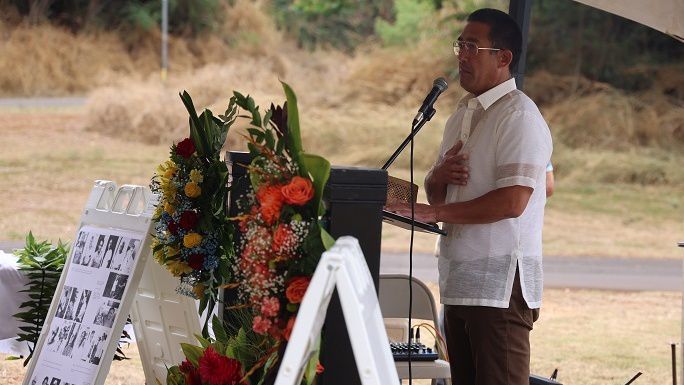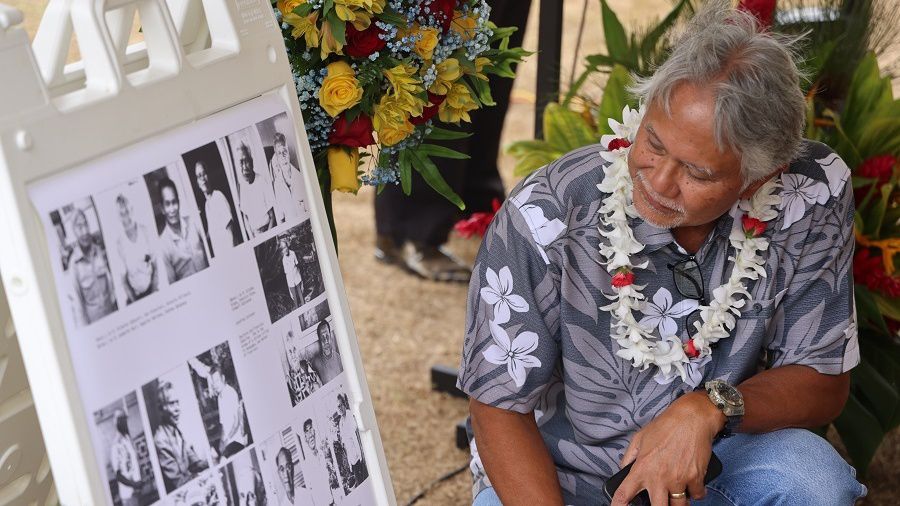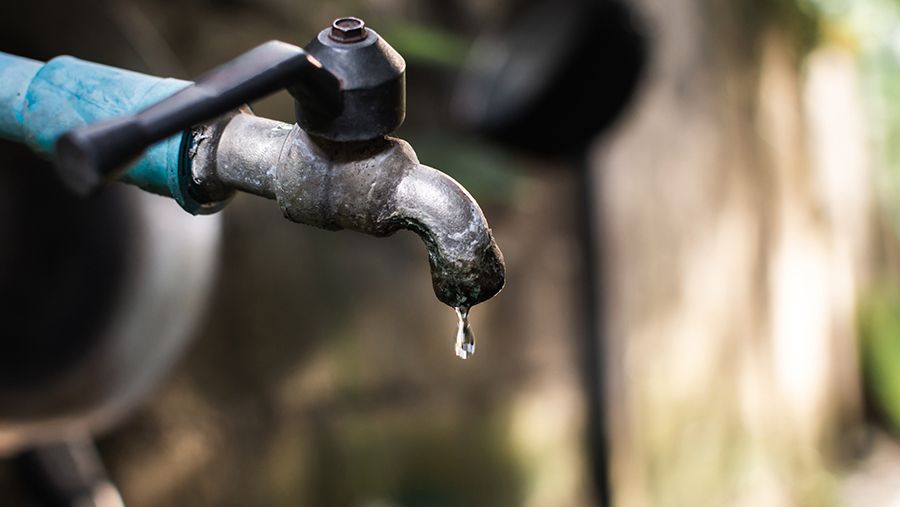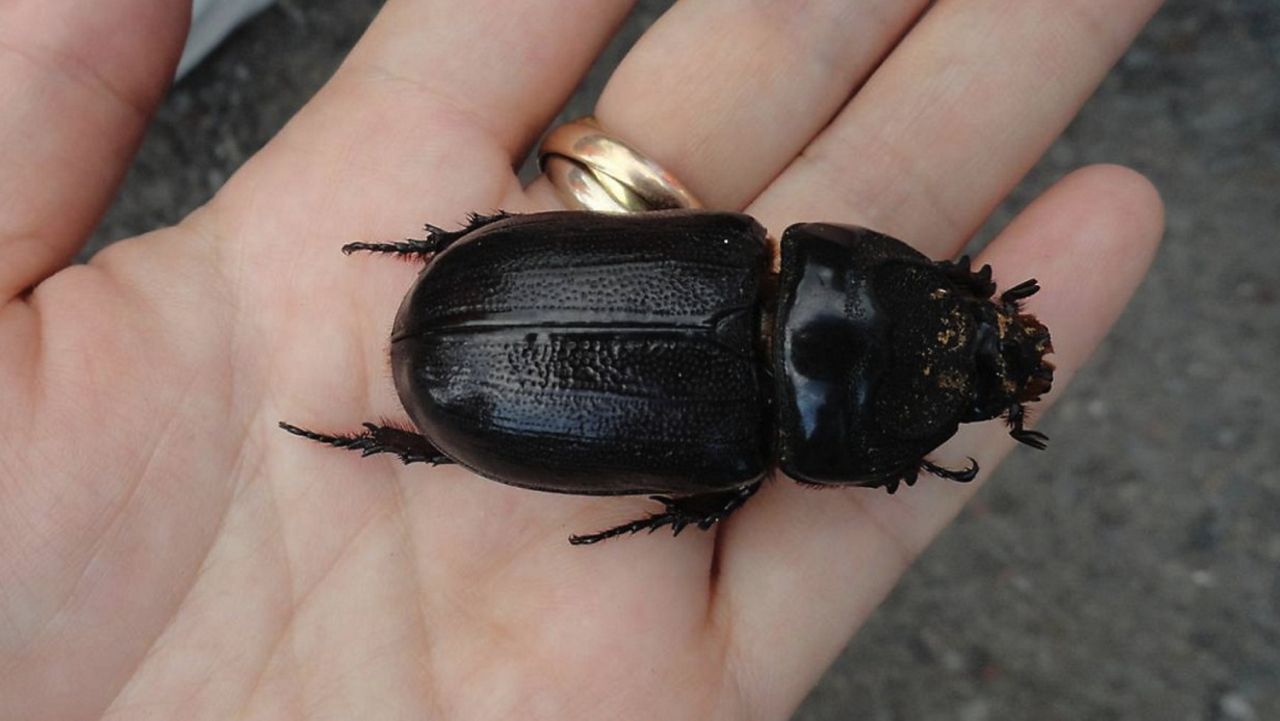HANAPEPE, Hawaii — Kauai officials gathered on Monday to remember the Hanapepe Massacre of 1924.
While not widely known, the Hanapepe Massacre was a tragic turning point in Hawaii’s labor movement.
Organized by the County of Kauai Planning Department, nearly 150 people attended Monday’s event, including government officials, community members, volunteers and descendants of those involved 100 years ago, according to a news release.
“The Hanapepe Massacre of 1924 is a story that many of us are not familiar with, but truthfully, it’s a story that should never be forgotten,” said Mayor Derek Kawakami at the event. “As we bring to light what happened here 100 years ago, and recognize its significance, our hope is to remember a pivotal part of Hawaii’s labor history while reflecting on what our people and culture have overcome.”

On Sept. 9, 1924, across the Hawaiian Islands, a Filipino sugar plantation strike was taking place. Workers demanded a wage increase from $1 a day to $2 a day and a reduction of the 10-hour day to 8 hours. Kauai police entered a Visayan Filipino strike camp in Hanapepe to retrieve two Ilocano Filipino strike breakers who were reportedly being held against their will. A violent exchange ensued, with 16 Filipino laborers, three Hawaiian laborers, one Chinese laborer and four police officers killed.
After the tragedy, the National Guard was sent to Kauai. They arrested more than 100 strikers. Many of those arrested spent years in jail, which slowed the labor movement. Between 1937 and 1958, many strikes and effective unions finally helped workers get a fairer share for their labor.
It wasn’t until 2019 that the Hawaii State Chapter of the Filipino American National Historical Society worked with a technician and engineer to find the burial site of the killed strikers.
Currently, Kauai planning officials are working with the county’s Public Access, Open Spaces and Natural Resources Preservation Fund Commission to purchase two parcels related to the Hanapepe Massacre for their historical and cultural significance. The Kauai County Council allocated $1,444,000 from the fund to buy the parcels, which are near where the battle began. Negotiations are underway with the landowner.










